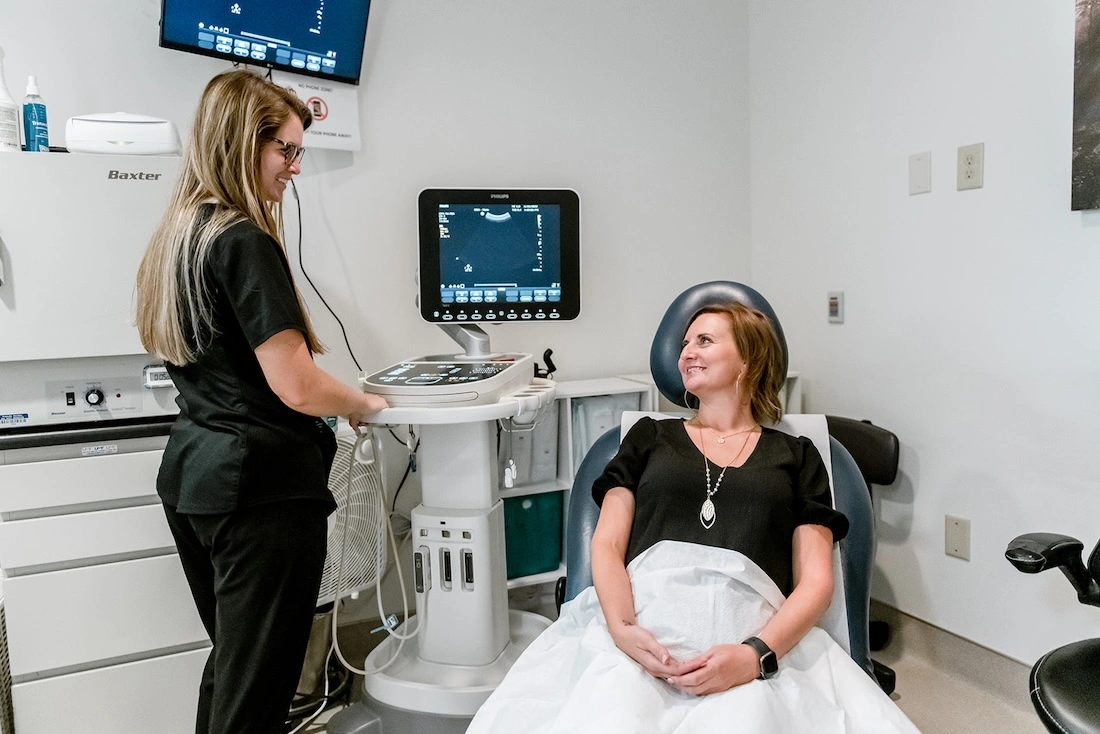
Ultrasound Awareness Month: Understanding the Role of Ultrasound in Fertility Care
Seeing Beyond the Surface
October is Ultrasound Awareness Month, a time to highlight the important role ultrasound plays in healthcare. For people navigating fertility treatment, ultrasounds are more than just images; they are windows into the progress of your journey toward parenthood.
At RBA, we use ultrasound technology every day to provide insight, reassurance, and guidance throughout treatment.
Why Ultrasound Matters in Fertility
In fertility care, ultrasound helps us:
-
Evaluate ovarian health by counting resting follicles and monitoring ovulation
-
Check uterine health by looking at the lining and identifying any concerns that could affect implantation
-
Guide fertility treatments by monitoring how your body responds to medications, egg retrievals, and embryo transfers
-
Provide reassurance during early pregnancy by confirming heartbeat, growth, and development
The Different Types of Ultrasounds in Fertility Care
-
Transvaginal ultrasound is the most common in fertility care and provides detailed images of the ovaries and uterus
-
Abdominal ultrasound is often used later in pregnancy when the uterus has expanded
-
3D and 4D ultrasound can be used in some cases to identify complex structural concerns
What Patients Can Expect
It is normal to feel nervous before your first fertility ultrasound, but the good news is that the procedure is quick, safe, and painless. Most take less than 15 minutes and provide immediate information that helps guide your treatment plan.
This Ultrasound Awareness Month, we celebrate the technology that helps turn hope into reality for so many families. If you have questions about ultrasound or what to expect in your fertility journey, our team is here to guide you with compassion and expertise.

